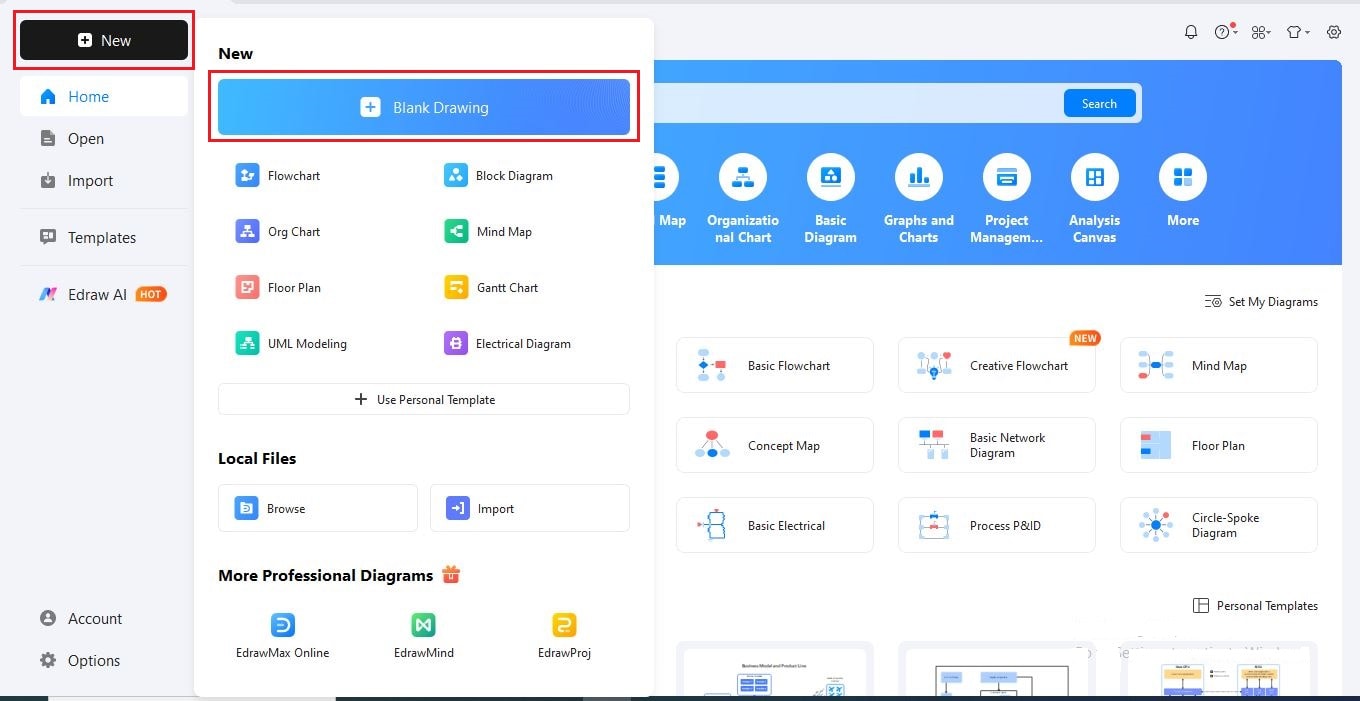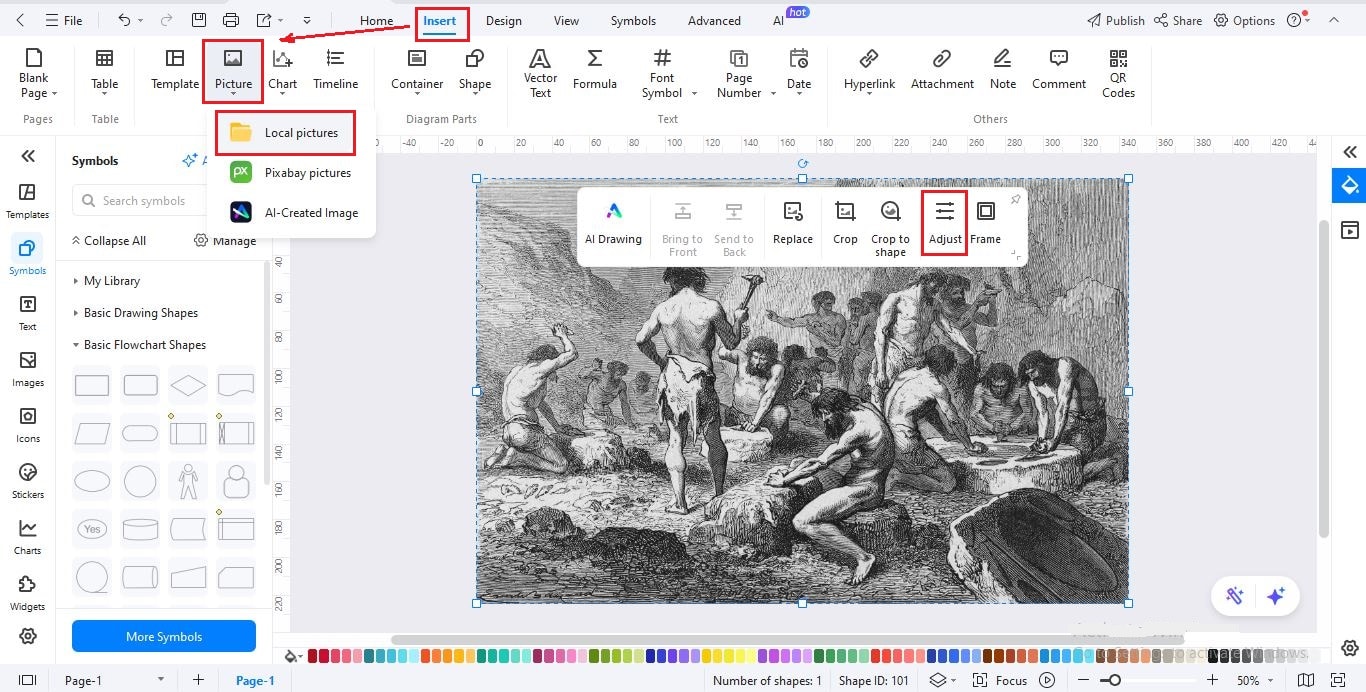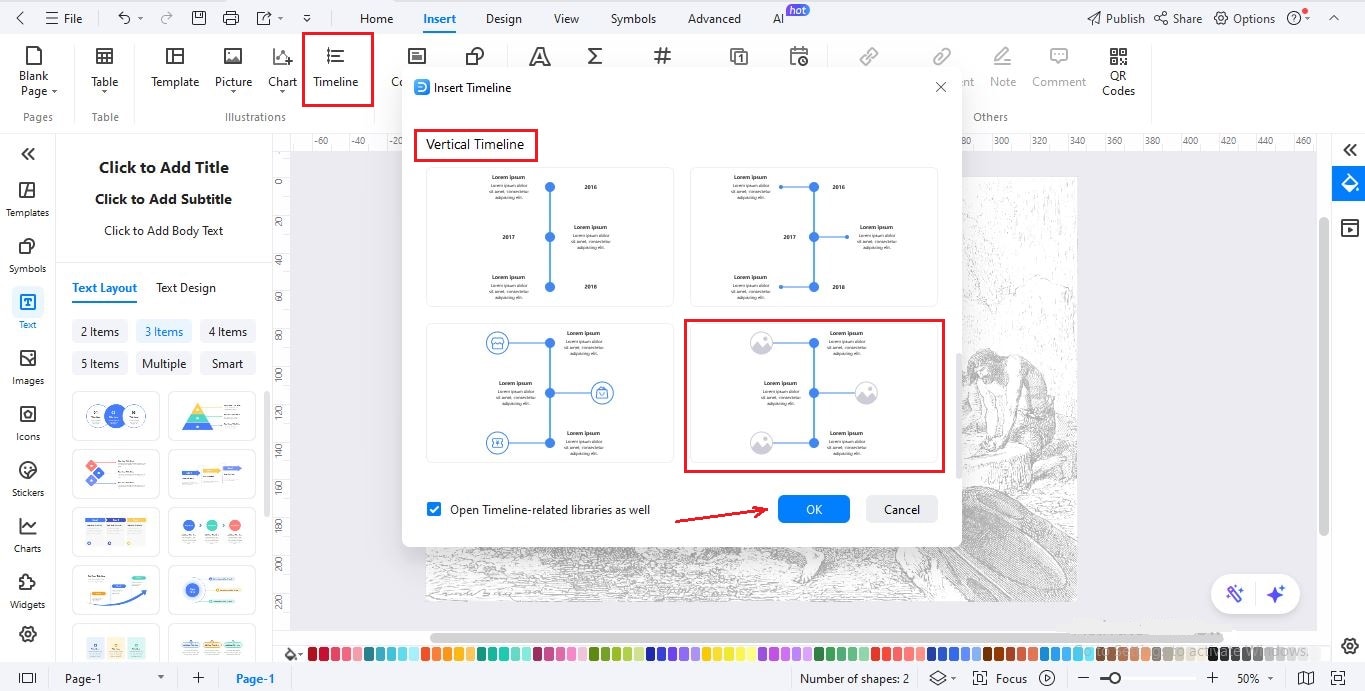Before metal, before cities, before written history, there was the Stone Age. This is the time when humans first learned how to use stones as tools. It might sound simple, but those tools were a big deal. They helped people hunt animals, prepare food, and survive in tough environments.
The Stone Age isn’t just one period, though. It’s in fact divided into three stages: Old, Middle, and New. Each stage added something new to human life. This Stone Age timeline shows how humans took their first big steps in history. So, sit back, relax, and read the story of the Stone Age!
Stone Age Timeline
The Stone Age timeline usually starts about 2.6 million years ago, when people first began using stone tools. It came to an end once metalworking developed. This long era is split into three parts. The first is the Palaeolithic, or Old Stone Age. Then comes the Mesolithic, or Middle Stone Age. And finally, the Neolithic, or New Stone Age, which lasted until around 3,000 BC.
To keep it simple, let’s break it down and see the three stages one by one.
Palaeolithic - Old Stone Age (2.6 Million Years Ago to 10,000 BC)
So, the Palaeolithic age, also called the Old Stone Age was the really early chapter of human history. Yep, we’re talking cavemen here. These folks didn’t stay in one spot for too long. They moved around looking for food, water, and a safe place to sleep. That’s what life was back then: keep moving, keep surviving.
Most of the food came from hunting animals like wild horses, red deer, and cattle. They also gathered fruits and plants. And here’s the clever bit – nothing went to waste. Meat was for eating, skins became clothing, bones turned into tools, and even tendons worked like string. Pretty smart, right?
Now, let’s not forget the art. Yep, cavemen were the first artists. They painted animals and humans on cave walls using things like ochre, charcoal, and fat. These paintings weren’t just for decoration, they meant something, maybe about hunting or beliefs.
The end of the Ice Age wrapped up this era. As the world got warmer, big animals vanished, seas rose, and people had to change the way they lived.
Since this age lasted forever (well, not literally but for millions of years), it’s split into three parts.
- Lower Palaeolithic age (2.6 Million to 300,000 BCE): The first stone tools showed up here. At first, they were simple chopping stones, but later, hand axes came in.
- Middle Palaeolithic age (300,000 to 50,000 BCE): Fire became a big deal in this stage. Tools got sharper, and people even began to bury their dead.
- Upper Palaeolithic age (50,000 to 10,000 BCE): This stage was fancier. People made blades, carved bone tools, painted caves, and even made little statues.
Now, here are a few really important things that happened during this time:
- 2,600,000 BCE: The first stone tools appeared.
- 40,000 to 10,000 BCE: The famous Venus figurines were made in Europe.
- 17,000 to 15,000 BCE: The Lascaux cave paintings in France were created.
- 11,700 BCE: The Ice Age ended for good.
Mesolithic - Middle Stone Age (10,000 to 8,000 BC)
Next up is the Mesolithic, or Middle Stone Age. Humans here were still hunters and gatherers, but things started to look a bit different. They built small huts near rivers and lakes, smart choice, right? Fresh water, food, and fish all in one place.
Their tools also got a major upgrade. Instead of chunky stones, they made tiny sharp pieces called microliths. These were stuck into wood or bone to create arrows, knives, and spears. Hunting in groups of 10 to 40 people was the norm. Oh, and guess what? This is when dogs first started helping humans with hunting. Yes, you guessed it right; man’s best friend goes way back.
Some historians claim that Britain actually became an island during this time. Sea levels rose and cut it off from Europe. Before that, people could literally walk across from France to Britain. Crazy, right?
Some highlights from the Mesolithic are:
- 10,000 to 8,000 BCE: Tools like arrowheads, crescents, and spear tips were common.
- 9,000 BCE: People started growing wild cereals in the Fertile Crescent.
- 9,000 BCE: The first sheep were tamed in the Zagros Mountains.
Neolithic - New Stone Age (8,000 to 3,000 BC)
Now comes the Neolithic, or New Stone Age, and honestly, this is when things started to feel a bit more like “real life.” People finally stopped wandering around and set up proper villages. They began farming wheat and barley, and they raised animals like cattle, pigs, goats, and sheep. That meant food was steady and life was way more secure.
The tools? Well, they were polished and much better like axes, sickles, and ploughs. They were perfect for farming. Houses were built from mud bricks, and life got a lot more organised. People even learned pottery, weaving, and sewing. Yep, this was the age of crafts and skills.
Society itself also shifted. People traded goods over long distances, leaders started to appear, and massive stone monuments were built in Europe. Sounds like a whole new level, doesn’t it? This age brought along some really important changes, like:
- 8,500 to 8,000 BCE: The first villages like Jericho and Çatalhöyük were built.
- 8,000 BCE: Pottery ovens were used.
- 7,500 BCE: Long-distance trade grew.
- 7,000 BCE: People domesticated sheep, goats, pigs, and cattle.
- 6,500 to 6,000 BCE: The first copper smelting was done in Anatolia.
- 5,000 BCE: Farming spread through Europe and Mesopotamia, and social groups formed.
- 5,000 to 3,000 BCE: Large stone monuments appeared in France.
- 4,500 BCE: The plough was invented.
- 4,300 BCE: The first megalithic tombs were built in Europe.
- 4,000 BCE: Wool was spun into clothing.
- 3,650 BCE: The wheel was invented in Mesopotamia.
How to Make a Stone Age Timeline Using EdrawMax?
When you lay history out on a timeline, it suddenly feels much clearer. The Stone Age timeline is a good example of that. You can actually see how people’s lives moved from one stage to another. And honestly, this trick works for almost anything.
Luckily, with EdrawMax’s built-in templates and easy editing tools, you’ll have your Stone Age timeline ready in minutes.
Here's how you can make one:
Step1 Start with a Blank Canvas
- Open EdrawMax on your desktop and log in, or register if you’re a new user.
- Click New on the left panel, then choose Blank Drawing to open a fresh canvas for your Stone Age timeline.

Step2 Add a Background Image
- Go to the Insert tab and click Picture.
- Choose Local Pictures to upload a background image, such as a cave painting or prehistoric landscape.
- Use the Adjust option on the floating toolbar to customize brightness, contrast, or transparency so it complements your design.

Step3 Insert a Timeline Title
- Add a title like “Stone Age Timeline” using text or an image. For this example we'll use text.
- Click Text and then Click to Add Title to add your heading.

Step4 Insert the Timeline Layout
- On the top menu, go to Insert and select Timeline.
- Choose a Vertical Timeline with image placeholders, then click OK to add it to your canvas.
- Click on the timeline to open a toolbar where you can adjust its structure to fit the chronology of the Stone Age.

Step5 Add Key Stone Age Events
- Click Text on the left editing panel.
- Use Click to Add Subtitle for each era, such as Paleolithic, Mesolithic, and Neolithic.
- Then use Click to Add Body to include short descriptions of major developments.

Step6 Insert Thumbnail Images
- Go to Insert > Picture > Local Pictures and upload images.
- Click an image, choose Crop to Shape, and select a frame style that fits your layout.
- Repeat for each key milestone to make your timeline visually engaging.

Step7 Save and Share Your Timeline
- When your timeline is complete, click File > Save to keep an editable version.
- To share it, go to File > Export and choose PNG, PDF, SVG, HTML, Visio, or Excel.
- Click Publish to share your Stone Age timeline with the EdrawMax community.

Wrapping Up
That’s the story of the Stone Age told in a simple way. Honestly, it was pretty amazing to see how people slowly shifted from caves to farms. They learned to grow crops, made pottery, and even invented useful things like the wheel. Impressive, right? A timeline makes all these changes easy to follow step by step.
And if you want to build one yourself, EdrawMax is the tool you should try. Just pick a template, add your details, customize it a little, and your timeline is ready to share.





